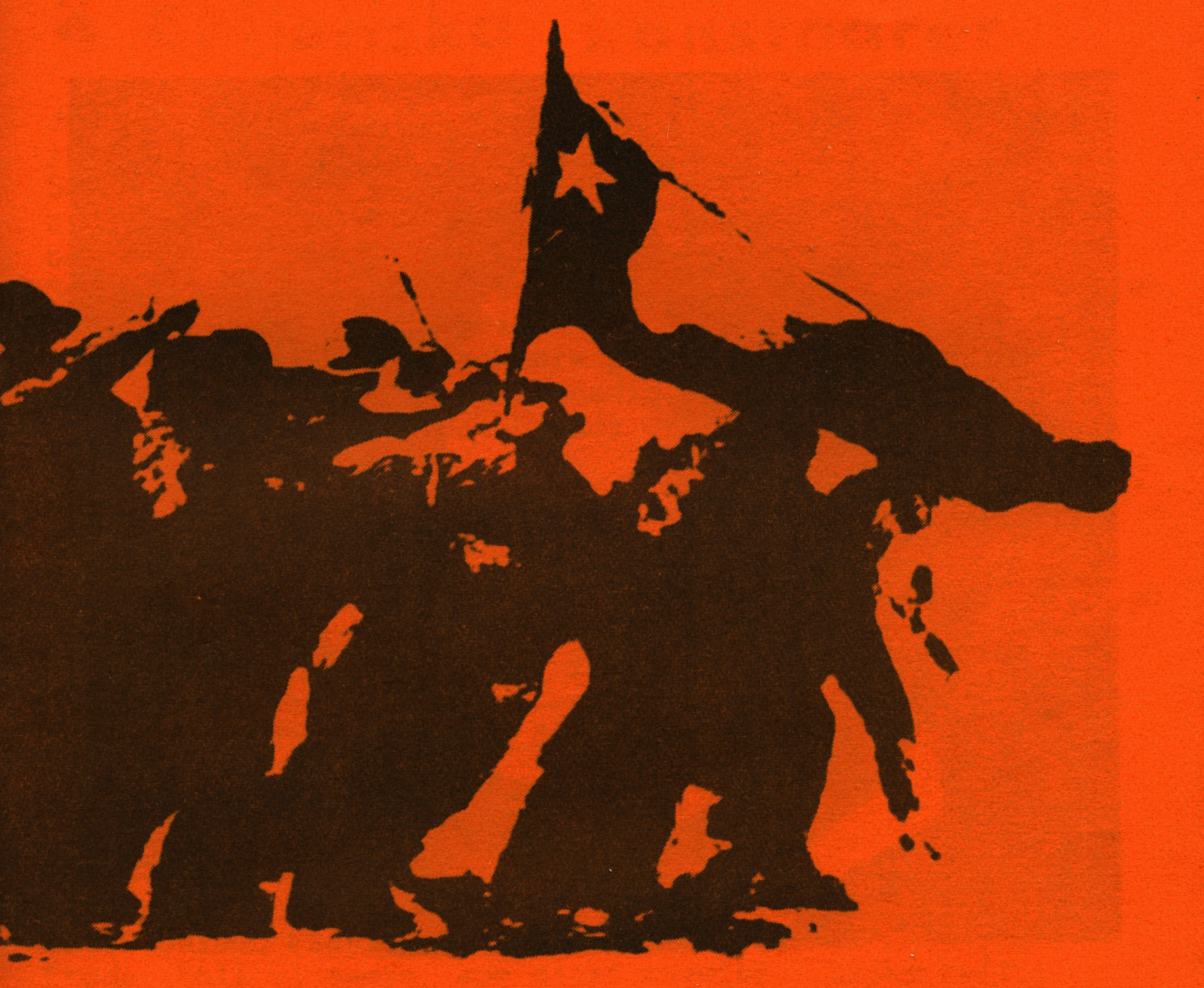
Södertälje Konsthall
Exhibitions
1977
To create is to fight
— Unidad Popular 4 chilean artists
By José Balmes, Gracia Barrios, Irene Dominguez, Guillermo Nunez,
To create is to fight
— Unidad Popular 4 chilean artists
By José Balmes, Gracia Barrios, Irene Dominguez, Guillermo Nunez,
To create is to fight
— Unidad Popular 4 chilean artists
By José Balmes, Gracia Barrios, Irene Dominguez, Guillermo Nunez,
To create is to fight
— Unidad Popular 4 chilean artists
By José Balmes, Gracia Barrios, Irene Dominguez, Guillermo Nunez,
To create is to fight
— Unidad Popular 4 chilean artists
By José Balmes, Gracia Barrios, Irene Dominguez, Guillermo Nunez,
To create is to fight
— Unidad Popular 4 chilean artists
By José Balmes, Gracia Barrios, Irene Dominguez, Guillermo Nunez,
To create is to fight
— Unidad Popular 4 chilean artists
By José Balmes, Gracia Barrios, Irene Dominguez, Guillermo Nunez,
Exhibitions
1977
To create is to fight
— Unidad Popular 4 chilean artists
By José Balmes, Gracia Barrios, Irene Dominguez, Guillermo Nunez,

Ur arkivet, visades
26/02 – 27/03, 1977
The exhibition was shown at the same time as Tre Tecknare (Three Drawers) – Bruno Knutman, Franco Leidi coh Christer von Rosen.
Of the four Chilean artists, three were born in Santiago de Chile. Jose Balmes was born in Barcelona but came to live in Chile and was a Chilean citizen. Balmes was a member of the Allende government’s culture commission and partook, as did many other artists and amateurs, in the work around the mural brigades in Chile. All four artists also worked in Chile as art teachers. Guillermo Nunez was head of the Modern Museum in Santiago 1971–72.
The mural brigades in Chile were political and popular, with an aim to counter the press and mass media that was in the hands of the right and a wish to create counter information. “During the presidential campaign in 1969, the politically active, students and workers gathered to make murals with political propaganda.” It became a mass movement, the 4th of September 1970, Unidad Popular was elected to form a government. In the image story telling, there was an attempt to make visible the government’s ideological views in the program: nationalisation, alphabetisation, agricultural reform, and solidarity with Vietnam etc. During these years, an enormous “wall newspaper” was created all over the country, whilst the right still had control over mass media.
Nueva cancion – The new Chilean song, was part of the fight. It was primarily represented, at this time, by Victor Jara, Violetta Parra, Quilapayun and Inti-Illimani. It was considered, in its resistance struggle, to be so dangerous that the musicians either had to flee the country after the right wing military junta’s coup against president Salvador Allende in September 1973, or stay and be imprisoned. The legendary singer, theatre director and human rights activist Victor Jara was captured at his work at the technical university (today Universidad de Santiago) in Santiago. He and others were told over radio to go to work. After having spent the night between the 11th and 12th September with his colleagues, singing fight songs to strengthen morale, he was transported to the Chile stadium the following day; one of the places used as prison camps. Victor Jara was executed at the stadium after a few days of torture. According to witness statements, his fingers were crushed so that he would never again be able to use his weapon, the guitar. According to witnesses they taunted him – go on, play the guitar now! As an act of resistance, he began to sing. Today the Chile stadium is renamed Estadio Victor Jara.
Sources: exhibition catalogue, Joan Jara – A Song for Life (En sång för livet), Legenda, 1984. This text put together by Anneli Karlsson.